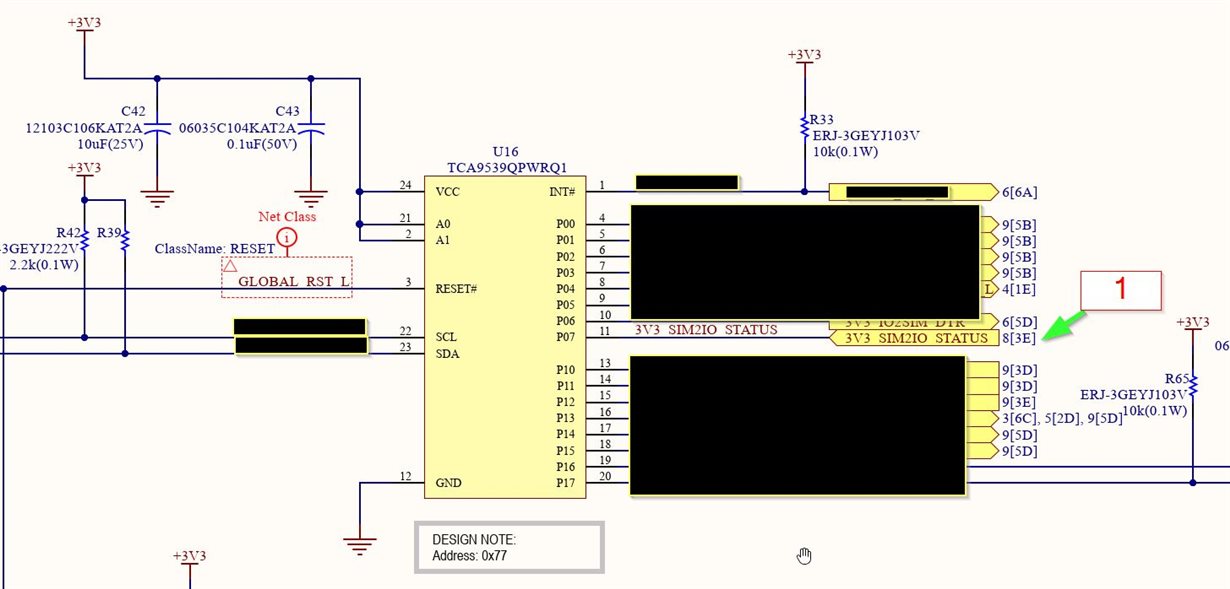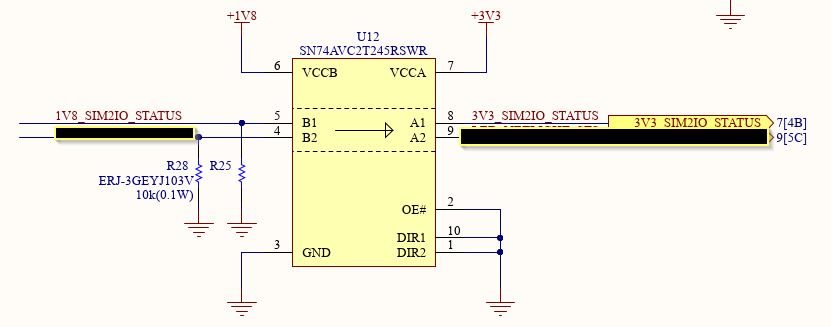We are using TCA9539QPWRQ1 with 3.3V on the Vcc.
We are using a port to be input and we sent 0.7V to the port. but we got the high after we read the data from I2C.
On the datasheet, it told me that the maximum voltage input low level is 0.3 x Vcc. So it is 0.3 x 3.3 = 0.9 V.
what might be the problem?
Note : we already set that port to GND and we could read low from I2C.



